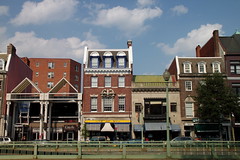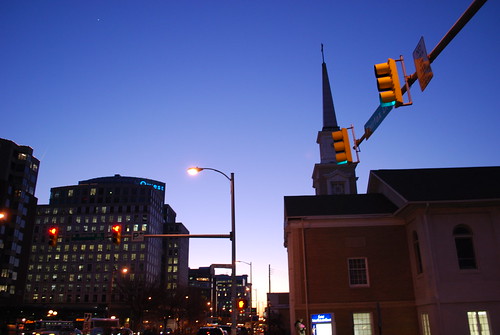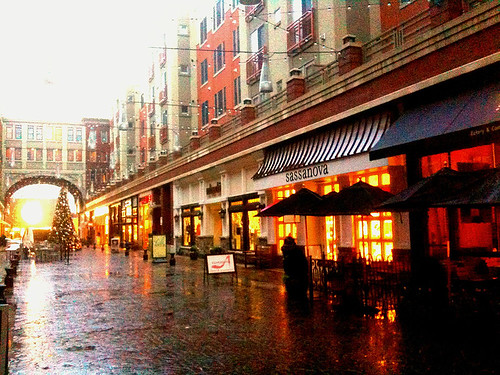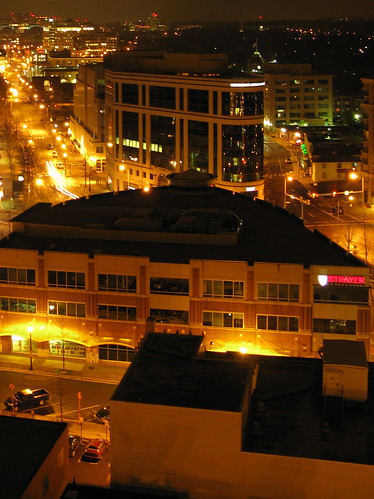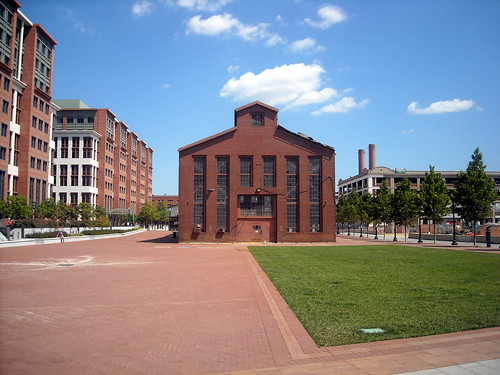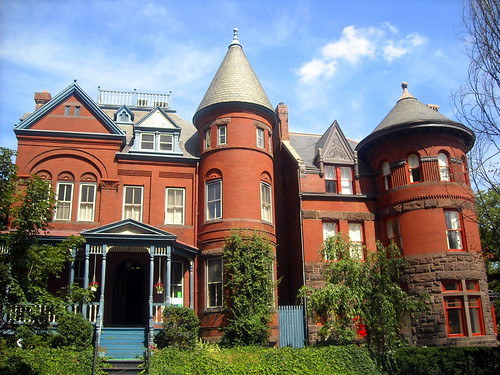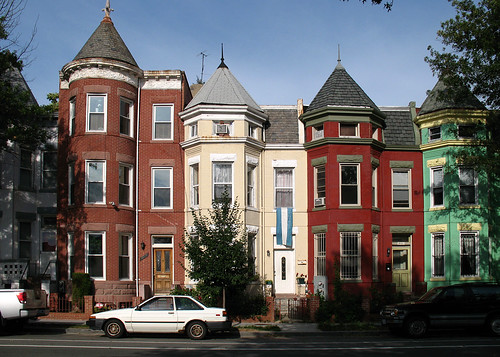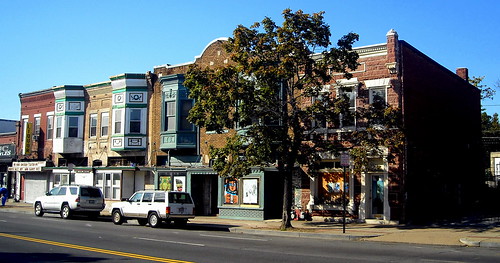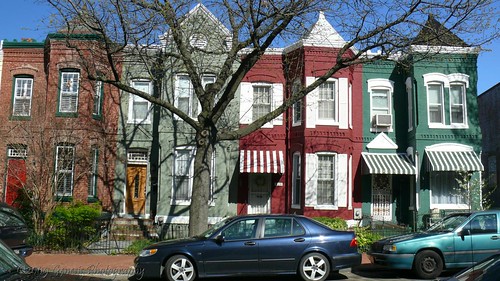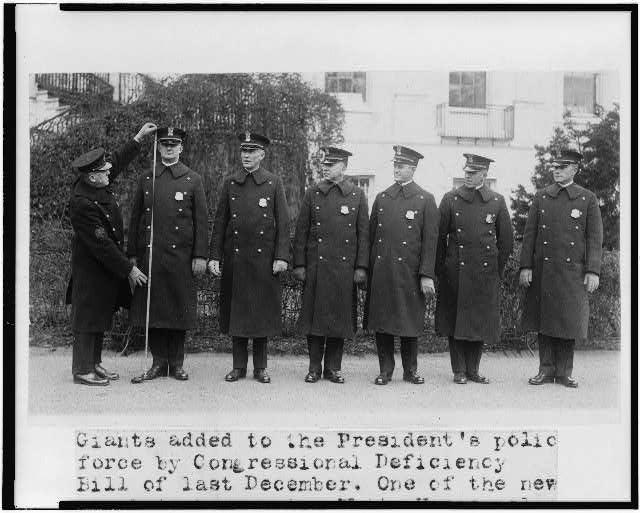 This week’s throwback photo illustrates that even tall people (6’+) can get the short end of the stick. Before 1925 men 6’+ couldn’t join the President’s police force, but eventually were allowed to protect our POTUS despite their “giant-ness.”
This week’s throwback photo illustrates that even tall people (6’+) can get the short end of the stick. Before 1925 men 6’+ couldn’t join the President’s police force, but eventually were allowed to protect our POTUS despite their “giant-ness.”
With the great weekend weather, let’s get you out of your neighborhood rut and exploring the neighborhoods you’ve heard of but for some particular reason haven’t made it to. And bless WeLoveDC alum, Shannon, for doing the hard work for you with her Where We Live series.
- Did you know Takoma Park got its start back in 1883 as a commuter rail suburb of Washington? Me neither! There’s so much more to this awesome, quaint hood. So hop on metro and check it out in Where We Live: Takoma Park.
- Step back in the past and see how U Street has changed since Shannon profiled it back in 2010. Where We Live: U Street Definitely worth reading before you
- In my weekly Sunday jaunts to the Palisades Farmers market I have some to love the neighborhood, and you’ll understand why with Where We Live: The Palisades.
- If you think U Street has changed, then check Where We Live: H Street from 2009 for a complete blast from the past on this transformed DC neighborhood.
- Generally speaking, I try to avoid the West End because, cough college students, but it’s rich with history, intrigue and non-college shenanigan awesomeness, Where We Live: West End.
